
Osteopathy for Neck Pain Surrey
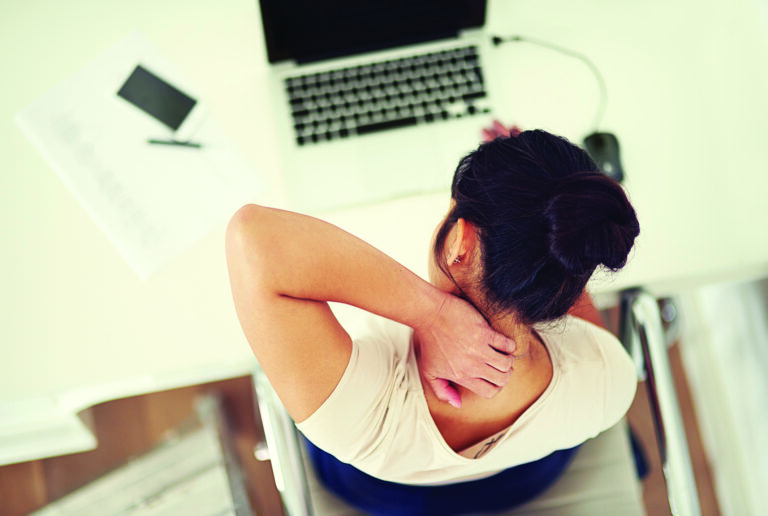
The neck is often considered to be weak, yet it can provide a wide range of movement while supporting the head (which on average weighs 5kg) and protecting vital nerves and blood vessels that are within it.
Because of this wide range of movement, the neck can be injured, with common acute injuries like whiplash, sprains and strains, disc injury, vertebral fractures, and “cricked neck”, affecting the muscles, ligaments and joints of the spine.
Chronic conditions, such as degenerative changes (arthritis), can also lead to neck pain and stiffness.
If you have been involved in a Road Traffic Accident, then we can still see you providing you have been cleared by A&E, or it has been a few days, and the symptoms are not getting progressively worse, then we will be able to see you.
We will undertake a thorough consultation and examination, and if appropriate to treat, we will look at reducing the muscle spasm and encouraging movement of the shoulders, back and neck. This will be done carefully so as not to further damage areas that may have been injured.
Common causes of neck pain and symptoms
The main symptom usually is pain, which can either be a sharp pain, worse on certain movements, to dull aching pain or stiffness. You are also likely to have less neck movement, or the neck could be stuck or feel stuck.
Shoulder and arm pain are quite common, as are associated headaches, and at times a feeling of sickness and/or dizziness can be present.
Whiplash is the result of sudden acceleration and deceleration of the body or body part. It is often associated with road traffic accidents but could also be a sports injury, I.e. a rugby or ice hockey tackle, a ball being hit into the head in football, to being on a rollercoaster. It can affect more than just the neck, with the head, lower back, shoulders, and hips, amongst other areas being affected.
It may be mild with little to no obvious symptoms to very severe pain. If there are other symptoms that may indicate concussion or compression (sickness or feeling sick, blurred or double vision, new headaches, confusion, difficulty forming words or severe neck pain radiating to the arms). In that case, you should visit A&E promptly.
This frequently occurs when you have slept awkwardly, whether in your bed or sitting up and dozing off. It can also happen when you move suddenly and unexpectedly.
The neck will feel like it is locked in a fixed position, and you will need to turn your shoulders to see to the sides or behind you. Any attempted movement of the neck will generate a sharp pain (in the neck) and at times to the head and/or shoulders.
What our osteopaths can do for you.
Reassure you, assess and then, with osteopathic treatment, ease off the tight muscles and release the restriction in the neck, followed with advice to help prevent it from recurring.
The intervertebral discs sit between each vertebra and can become damaged by sudden or repeated movements under strain. This causes the inner toothpaste-like material to push against the fibrous outer material causing a bulge or even escaping. The result is local pain and muscle spasm, with reduced movement of the neck. Any pressure on local nerve roots (where the nerves exit the spine) can cause pain down the arm, possibly along with pins and needles, numbness, or weakness.
What our osteopaths can do for you.
In most cases, we will be able to help. The assessment here is key to determine how serious it may be, so expect neurological testing to be done if this is a potential cause of your symptoms. Treatment will be aimed at reducing the muscle spasm and releasing the pressure on the disc so you can regain movement and function. This injury can often take longer to treat and, if serious, may require referral for further testing.
These will often occur on sudden movements under load, often through lifting or sport. There will be a sudden pain in the area at the time of injury, normally with signs of inflammation and pain when the muscle is moved or stretched.
What our osteopaths can do for you.
After the assessment, your osteopath will help to reduce the muscle spasm and help introduce more movement into the neck by working on and around the area. They will then prescribe exercises to help you maintain and improve the movement and to build strength.
This builds up over time, with patients suddenly noticing that they cannot move the neck as much as they used to. The truth is that the movement has been gradually reducing over months, if not years and is accompanied by stiffness and, as time goes by, pain. It starts by affecting the spinal joints of the neck, where deterioration and malformation occur alongside the thickening of ligaments and stiff muscles.
What our osteopaths can do for you.
This disease process is not reversible, but your osteopath can help reduce your pain and stiffness and encourage movement so you can lead a fuller life. This is done by working on the muscles and tendons, joints of the neck, back and shoulders (as a minimum) where appropriate, alongside lifestyle advice and exercises to encourage movement and strength.
This is very dependent on what you have done, and while a specific exercise can help one person, it may create further damage to another person.
Gentle stretches to the shoulders can help the neck in some people, as can gentle turning of the head. However, if you are in pain, it is recommended that you visit your Osteopath or medical professional before commencing any exercises.
Common neck pain questions
Osteopaths often treat patients with chronic neck pain. A combined approach with hands-on treatment, exercises, and lifestyle advice works best alongside pain management, breathing exercises, and meditation like mindfulness.
As a standard rule, if the pain is more of a sharper/stabbing quality then cold, if it is more like a dull and achy pain, it is best to use warmth. Remember to the only place on one side of the neck for a maximum of ten minutes at a time and wrapped in a towel (to avoid burning the skin), and only use heat or ice with medical supervision if you have had any recent major illnesses.
Stretching and movement are good ways to start. Avoid forcing the neck into positions and keep the movements slow and steady; otherwise, you can cause damage. It is also important to stay hydrated and to be able to sleep comfortably.
Usually, a combined approach of manual therapy and exercise. This may include work on the muscles like a massage to encourage blood flow, stretching, and a range of articulations and mobilisations of the neck, back and shoulders, possibly with taping and dry needling. To gain the most benefit from your treatment, it is important to do a range of personalised prescribed exercises by yourself and to follow advice, including sleeping and work positions.
Avoid movements or positions that aggravate any pain but continue to move the head in a pain-free way for you. If you suspect it may be an emergency (see above), then visit A&E.
Neck pain is something that Osteopaths help a lot of patients with, so if the pain has not eased after two or three days or the neck is locked, then visit us for advice and treatment.
Accordion Content
This will vary from person to person and may not be possible to do yourself, so seek advice from your Osteopath, who will normally be able to help with the treatment of your neck and prescribe tailored exercises and advice for you.
For some complaints, it can be as little as a few minutes, while for more serious conditions/injuries, it can take longer, possibly months. With the right treatment and following the correct advice, recovery will be quicker. For chronic degenerative changes, it may be more a case of managing the pain or having periods of pain and no pain.
For Adults, in most cases, no, but if you have had a recent trauma such as whiplash, you should visit A&E to be checked out. Also, if you have other symptoms such as unexplained double vision, your first or worst headache ever, vomiting or loss of body control, it is important to visit A&E.
If it is a child with a stiff neck and a rash, you should also take them to the hospital urgently.
Arthritis is a common condition that affects the neck and can cause pain and stiffness of the neck and shoulders. Other conditions that cause pain or discomfort in the neck area, heartburn (GERD/GORD), heart attack, shoulder pain, meningitis, tumour, artery dissection, fibromyalgia or from lymph nodes inflamed due to an illness such as a cold or flu.
This depends on your build. For some, it will be sleeping on your back with a smaller pillow. For others, on your side, with a pillow that maintains your head in a neutral position and keeps it level with your bed. Having a good mattress and pillow suited to you and how you sleep are important.
Neck pain is an area that we are specialists in, with a lot of our training covering neck anatomy, injuries and the treatment of necks.
At Arc osteopathy, your first appointment will be to establish the cause of your pain and stiffness through a consultation and examination. We then provide a treatment and rehab program for you.
Below you’ll find a helpful neck stretch video. Our patients are given access to our patient video library with specific exercises videos to aid their recovery.
Ready to Be Pain-Free?
Want to recover in as little time as possible, and to be as pain-free for as long as possible?
Book your appointment now!
Ask Our Experts
Don’t live in pain; contact us today!
After ten years of treating patients with neck pain, we know the vast majority experienced a reduction in pain and muscle stiffness. Furthermore, they returned to a pain-free life to continue their favoured activities and, perhaps for those in sport, saw an improvement in performance.
If you’re tired of dealing with Neck Pain and would like to be pain-free, contact our Osteopath Croydon clinic or the Carshalton Beeches Osteopathy clinic today for an initial consultation.
Patient testimonials
Alan and the team are wonderful. Have been a patient here for 2 years and followed them through both sites. The place is clean, am treated with a smile and care and always come out happy and feeling a few years younger. I would have no reservation recommending Arc Osteopathy for anyone looking for an Osteopath in Croydon.
Naz H
Alan is a very friendly, professional & knowledgeable osteopath. In my case, my neck was feeling much better after the first (same day) appointment and back to normal after a second appointment a week later. Alan also provided video exercises to improve my condition. I will highly recommend the services of Arc Osteopathy! Thank you, Alan!
Elena T
Early last year I was having terrible pain in one of my knees and could barely walk. Over a number of months Alan treated me and showed me what exercises to do and what to avoid. I am now signed off from treatment and enjoying doing everything I did before and more. Thanks to Alan.
Lorraine G
I met Alan in 2013 when I had bruises my ribs. Thanks to him, I was able to climb to the top of Mount Kinabalu in South East Asia two months later. Since then, I swear by him. I cannot recommend him enough. I drive an hour each way to see him for a 30 min session. He is the best osteopath in London.
Shamsah L
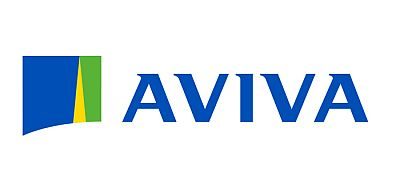

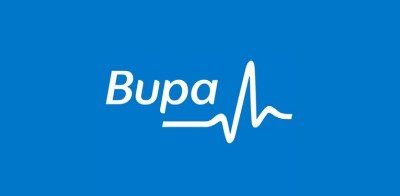

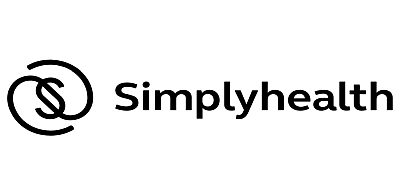

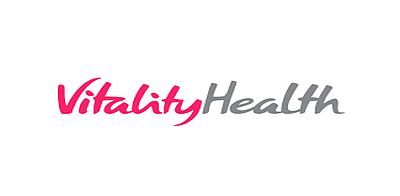
Carshalton Osteopathy Opening Times
Monday
Tuesday
Wednesday
Thursday
Friday
Saturday
Sunday
9.00 am – 2.00 pm
9.00 am – 7.30 pm
2.30 am – 8.00 pm
9.00 am – 2.00 pm
9.00 am – 6.00 pm
Closed
Closed
Monday 9.00 am – 2.00 pm
Tuesday 9.00 am – 7.30 pm
Wednesday 2.30 pm – 8.00 pm
Thursday 9.00 am – 2.00 pm
Friday 9.00 am – 6.00 pm
Saturday Closed
Sunday Closed
Croydon Osteopathy Opening Times
Monday
Tuesday
Wednesday
Thursday
Friday
Saturday
Sunday
10.00 am – 8.00 pm
11.00 am – 8.00 pm
9.00 am – 2.00 pm
9.00 am – 8.00 pm
11.00 am – 5.00 pm
9.00 am – 5.30 pm
Closed
Monday 10.00 am – 8.00 pm
Tuesday 11.00 am – 8.00 pm
Wednesday 9.00 am – 2.00 pm
Thursday 9.00 am – 8.00 pm
Friday 11.00 am – 5.00 pm
Saturday 9.00 am – 5.30 pm
Sunday Closed
